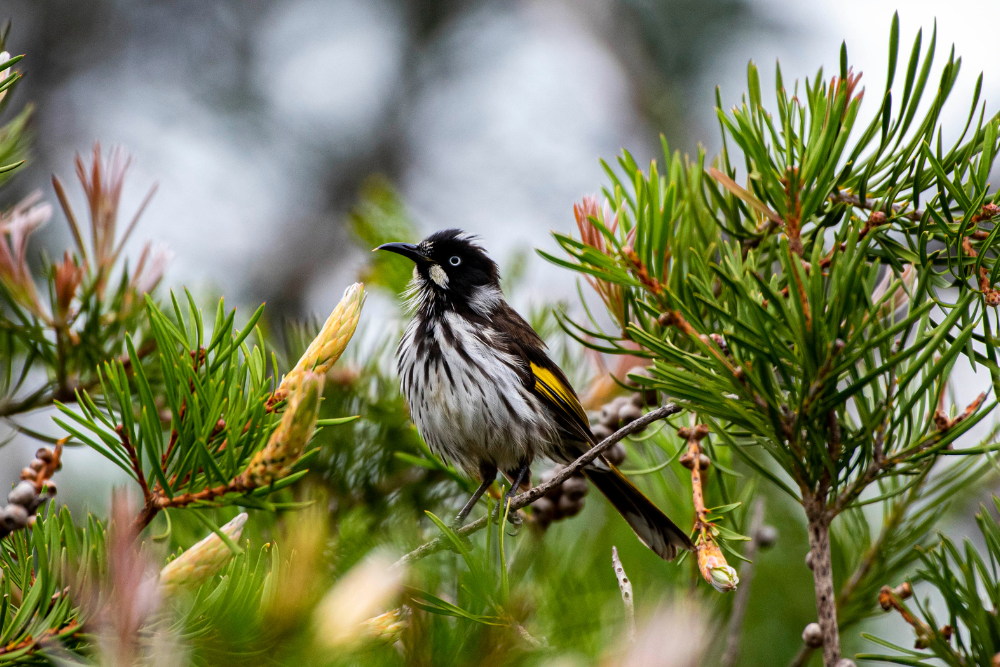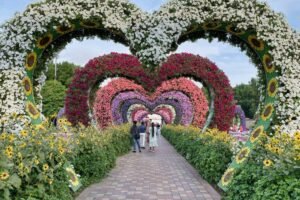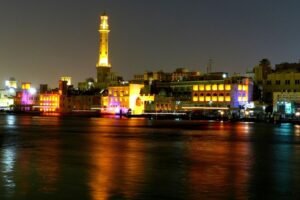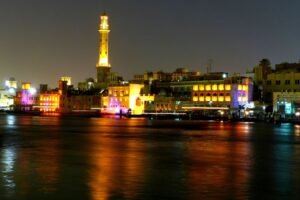Australia is home to some of the world’s most unique and iconic wildlife, from kangaroos and koalas to platypuses and wallabies. Unfortunately, many of these animals face threats such as habitat loss, climate change, and injury. Wildlife rescue centers play a vital role in rehabilitating injured, orphaned, and sick animals, and many of these centers also offer opportunities for visitors to learn about conservation efforts while supporting these invaluable causes. Here’s a guide to some of Australia’s best wildlife rescue centers that welcome visitors.
1. Kangaroo Island Wildlife Park, South Australia

Location: Kangaroo Island, South Australia
Kangaroo Island is known for its natural beauty and wildlife, and the Kangaroo Island Wildlife Park is a must-visit destination for animal lovers. This park is dedicated to rescuing, rehabilitating, and releasing local wildlife, including kangaroos, koalas, and echidnas.
- What to expect: Visitors can interact with the animals, feed kangaroos, hand-feed farm animals, and even cuddle a koala. The park also runs a rescue service, and many of the animals there have been rescued and are rehabilitating before being released back into the wild.
- Why visit: It’s an excellent spot to learn about the island’s wildlife while supporting conservation efforts. The park is also committed to educating visitors on the importance of wildlife preservation and responsible wildlife interactions.
2. Australia Zoo Wildlife Hospital, Queensland
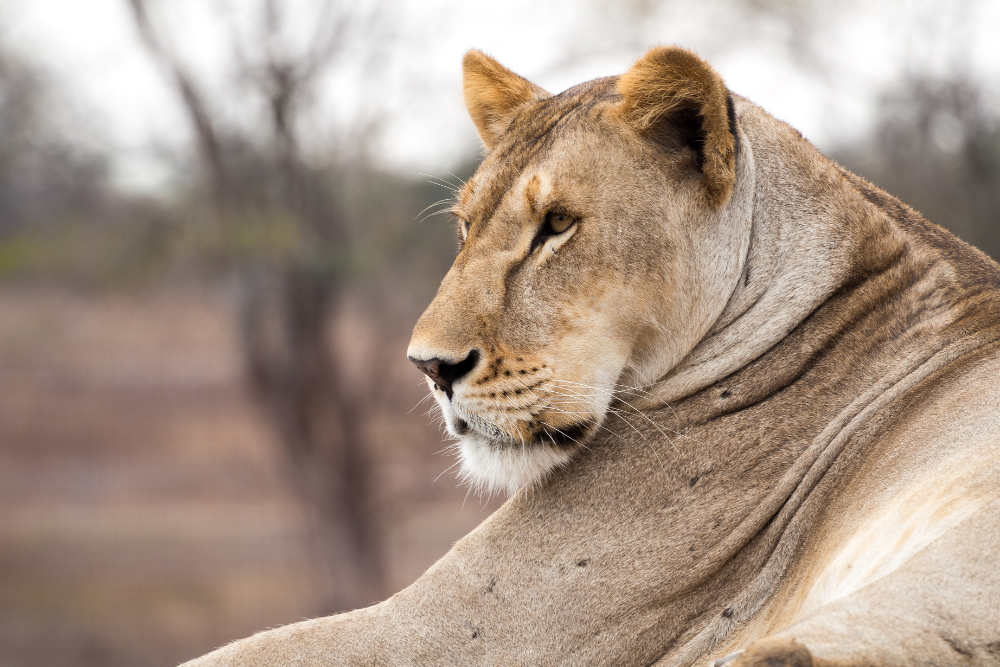
Location: Beerwah, Queensland (Sunshine Coast)
Famous for being the home of the late Steve Irwin, Australia Zoo is one of the country’s premier wildlife conservation facilities. The Australia Zoo Wildlife Hospital is dedicated to rescuing and rehabilitating sick, injured, and orphaned wildlife. With a team of veterinarians and wildlife experts, the hospital provides critical care to thousands of animals each year.
- What to expect: Take a tour of the wildlife hospital to see the incredible work being done to rescue and care for Australian wildlife. Visitors can watch live surgeries, see how injured animals are treated, and learn about conservation efforts. The zoo also offers a behind-the-scenes experience where you can meet the team and get up close to animals.
- Why visit: It’s a great way to support a facility that treats over 7,000 animals annually. The hospital is also a leader in wildlife conservation and education.
3. Wild Life Sydney Zoo, New South Wales
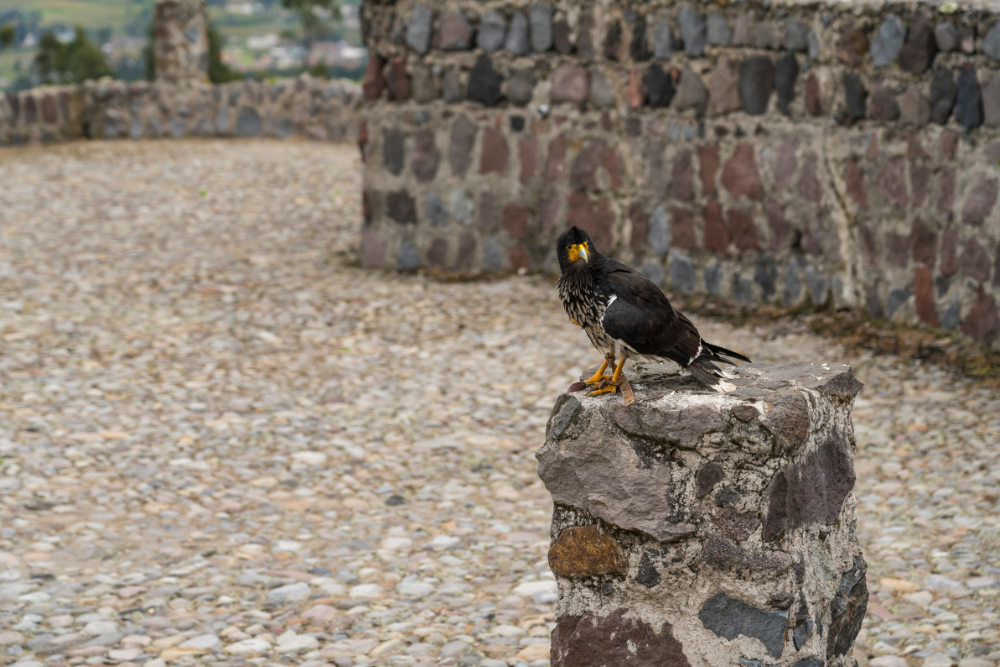
Location: Darling Harbour, Sydney, New South Wales
While primarily a zoo, Wild Life Sydney Zoo has a strong focus on wildlife conservation and works closely with rescue organizations to help rehabilitate injured animals. They focus on native Australian species such as koalas, kangaroos, and platypuses. Visitors can see how the zoo cares for its animals and learn about the rescue and rehabilitation process.
- What to expect: The zoo offers interactive experiences such as feeding sessions and close encounters with koalas and other native animals. They often partner with local wildlife rescue organizations, and visitors can learn more about the work they do to rehabilitate wildlife.
- Why visit: For those in Sydney, this is a great opportunity to experience wildlife up close while supporting efforts to rescue and care for native animals.
4. Koala Hospital, New South Wales
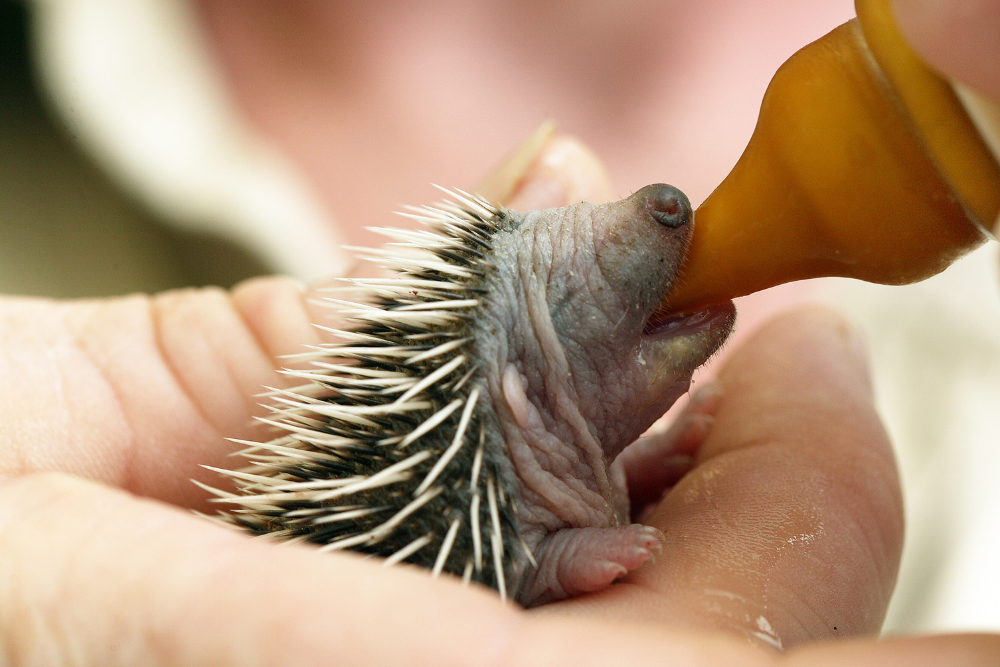
Location: Port Macquarie, New South Wales
The Koala Hospital in Port Macquarie is the world’s first hospital dedicated to the care and rehabilitation of koalas. This facility specializes in rescuing sick, injured, and orphaned koalas, particularly those impacted by habitat destruction, disease, and vehicle collisions.
- What to expect: The hospital offers guided tours where visitors can observe koalas recovering and learn about the hospital’s vital work. The team also educates the public on how to protect koalas and their habitats. The Koala Hospital runs a fundraising program where visitors can symbolically “adopt” a koala to help fund the hospital’s efforts.
- Why visit: This is a unique opportunity to see these beloved animals up close while supporting a crucial conservation initiative. The hospital plays a major role in koala recovery efforts in the region.
5. Trowunna Wildlife Sanctuary, Tasmania
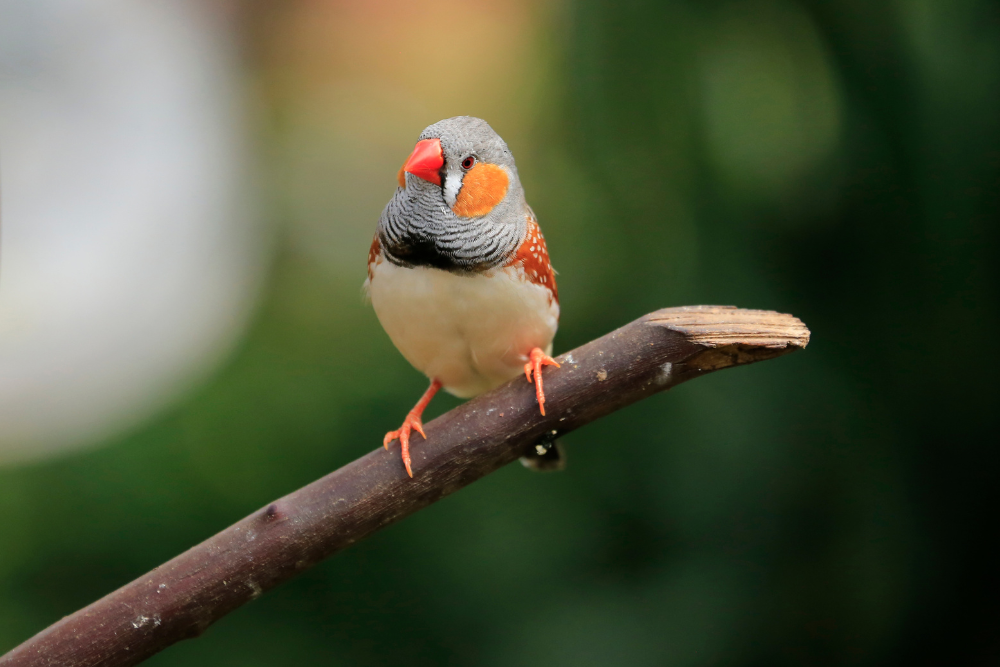
Location: Mole Creek, Tasmania
The Trowunna Wildlife Sanctuary in Tasmania is a rescue center dedicated to the conservation and rehabilitation of native Australian species, including the endangered Tasmanian Devil. The sanctuary provides a safe haven for injured and orphaned wildlife and plays a key role in breeding programs for endangered species.
- What to expect: Visitors can see a wide range of native animals, including Tasmanian Devils, quolls, wombats, and wallabies. The sanctuary also offers behind-the-scenes tours to see how they care for the animals and their rehabilitation process. There are opportunities to help feed and interact with the animals in a safe and controlled environment.
- Why visit: Trowunna is an important player in Tasmania’s wildlife preservation efforts, especially in the fight against the spread of devil facial tumour disease, which has been devastating the Tasmanian Devil population.
Conclusion
Visiting Australia’s wildlife rescue centers not only provides an opportunity to get up close to native animals but also supports critical conservation and rehabilitation efforts. Whether you’re interacting with koalas, kangaroos, or more exotic species, you’ll leave with a greater appreciation for the country’s diverse wildlife and the people working tirelessly to protect it. Make sure to plan a visit to one of these centers during your trip to Australia to experience the country’s natural wonders while contributing to their preservation.



